detail profile edwin s porter
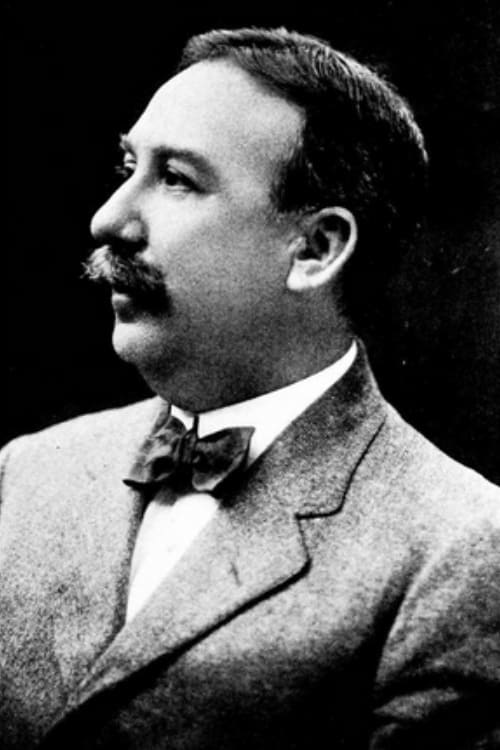
Edwin S. Porter
Edwin Stratton Porter
atau dikenal sebagai
Riwayat Hidup
Edwin Stanton Porter was an American film pioneer, most famous as a producer, director, studio manager and cinematographer with the Edison Manufacturing Company and the Famous Players Film Company.
Influenced by both the "Brighton school" and the story films of Georges Méliès, Porter went on to make important shorts such as Life of an American Fireman (1903) and The Great Train Robbery (1903).
In them, he helped to develop the modern concept of continuity editing, paving the way for D.
W.
Griffith who would expand on Porter's discovery that the unit of film structure was the shot rather than the scene.
Porter, in an attempt to resist the new industrial system born out of the popularity of nickelodeons, left Edison in 1909 to form his own production company which he eventually sold in 1912.
Porter remains an enigmatic figure in motion picture history.
Though his significance as director of The Great Train Robbery and other innovative early films is undeniable, he rarely repeated an innovation after he had used it successfully, never developed a consistent directorial style, and in later years never protested when others rediscovered his techniques and claimed them as their own.
He was a modest, quiet, cautious man who felt uncomfortable working with the famous stars he directed starting in 1912.
He has directed four films that have been selected for the National Film Registry by the Library of Congress as being "culturally, historically or aesthetically" significant: Life of an American Fireman (1903), The Great Train Robbery (1903), Dream of a Rarebit Fiend (1906) and Tess of the Storm Country (1914).
Info Pribadi
Peran Yang Di Mainkan Edwin S. Porter
 A silent romantic drama film directed...
A silent romantic drama film directed...The White Pearl 1915
A silent romantic drama film directed by Hugh Ford and Edwin S. Porter
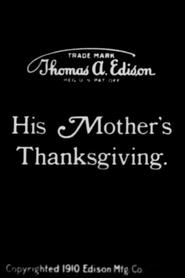 This holidaythemed melodrama released by Edison...
This holidaythemed melodrama released by Edison...His Mother's Thanksgiving 1910
This holiday-themed melodrama released by Edison Studios in 1910 concerns Robert, a young man who leaves his mother’s home in New England to forge a career in the big city. When he achieves “fame and fortune” six years later, his proud mother can’t wait to welcome him home for Thanksgiving. Robert, however, intends to stay in the city to enjoy a holiday feast with his society friends and beautiful fiancée. When Mom decides to pay a surprise visit on Thanksgiving Day, she is saddened to find that her son is so ashamed of her that he relegates her to an upstairs room, out of sight and out of mind.
 A combination of the story of...
A combination of the story of...The 'Teddy' Bears 1907
A combination of the story of Goldlocks and the Three Bears with the true story of how Teddy Roosevelt spared a bear cub after killing its mother while hunting, an event which led to the popularization of the teddy bear. Goldilocks goes to sleep in the bears' home after watching six teddy bears dance and do acrobatics, viewing them through a knothole in the wall. When she is awoken by the returning bear family, they give chase through the woods, but she runs to the aid of the Old Rough Rider, who saves her.
 Two groups of young women get...
Two groups of young women get...A Winter Straw Ride 1906
Two groups of young women get into a pair of horse-drawn carts, and go off for a straw ride through the snowy streets. As they pass by a group of children, the children throw snowballs at the riders, and they and other persons begin to join in the fun. Then one of the carts tips on its side, spilling some of its occupants into the snow. Everyone soon decides that they enjoy playing in the snow even more than riding.
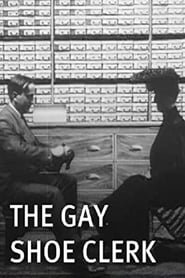 A woman being fitted for shoes...
A woman being fitted for shoes...The Gay Shoe Clerk 1903
A woman being fitted for shoes exposes her ankle to the shoe clerk, who is intrigued. He kisses her, but her chaperone hits him with her umbrella.
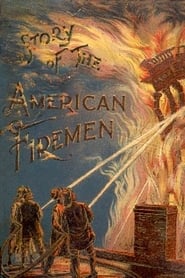 Porters sequential continuity editing links several...
Porters sequential continuity editing links several...Life of an American Fireman 1903
Porter's sequential continuity editing links several shots to form a narrative of firemen responding to a house fire. They leave the station with their horse drawn pumper, arrive on the scene, and effect the safe rescue of a woman from the burning house. But wait, she tells them of her child yet asleep in the burning bedroom...
 This is a film taken of...
This is a film taken of...Electrocuting an Elephant 1903
This is a film taken of the execution of Topsy, an elephant employed to help build Luna Park on Coney Island.
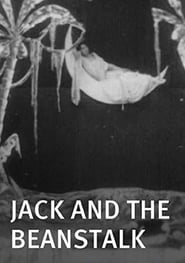 Porters sequential continuity editing links several...
Porters sequential continuity editing links several...Jack and the Beanstalk 1902
Porter's sequential continuity editing links several shots to form a narrative of the famous fairy tale story of Jack and his magic beanstalk. Borrowing on cinematographic methods reminiscent of 'Georges Melies' , Porter uses animation, double exposure, and trick photography to illustrate the fairy's apparitions, Jack's dream, and the fast growing beanstalk.
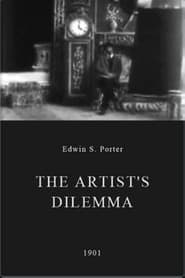 The scene opens in an artists...
The scene opens in an artists...The Artist's Dilemma 1901
The scene opens in an artist's studio, the artist asleep in his chair. A large old fashioned clock opens and a young lady comes out and awaking the artist, requests him to paint her picture. While the artist is executing the work a clown comes from the clock, takes in the situation and begins to make love to the lady. The artist detects him and compels him to desist his love making. He continues to paint. The clown becomes interested and asks the artist to allow him to paint the picture, and begins smearing a whitewash brush over the canvas, when lo, a most perfect image of the young lady appears. The image then steps down from the frame, joins the young lady in the studio, and the figures, each a perfect counterpart of the other begin to dance to the great astonishment of the artist. The clown the by waving his hand causes the figures of the two girls to merge into one. The artist then assumes his seat and awakens from his dream with a great shock.
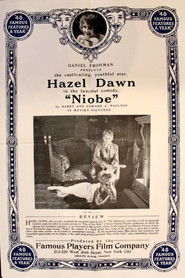 The statue of Niobe comes to...
The statue of Niobe comes to... A partially lost film with only...
A partially lost film with only...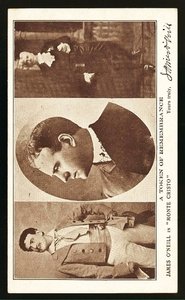 A French sailor imprisoned for years...
A French sailor imprisoned for years...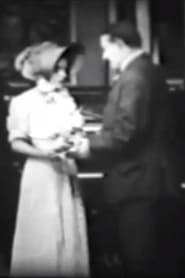 A country girl follows a city...
A country girl follows a city...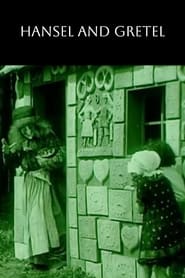 One of the first of not...
One of the first of not...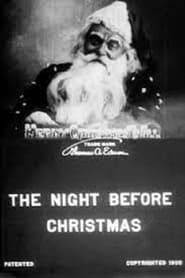 On Christmas Eve Santa feeds his...
On Christmas Eve Santa feeds his... After the train station clerk is...
After the train station clerk is...